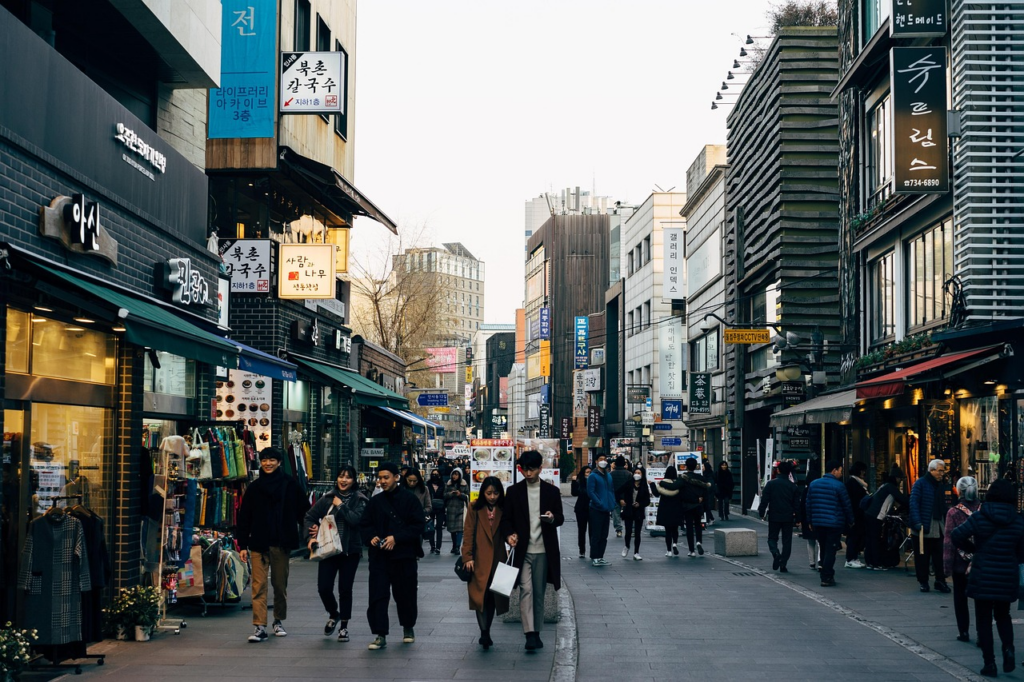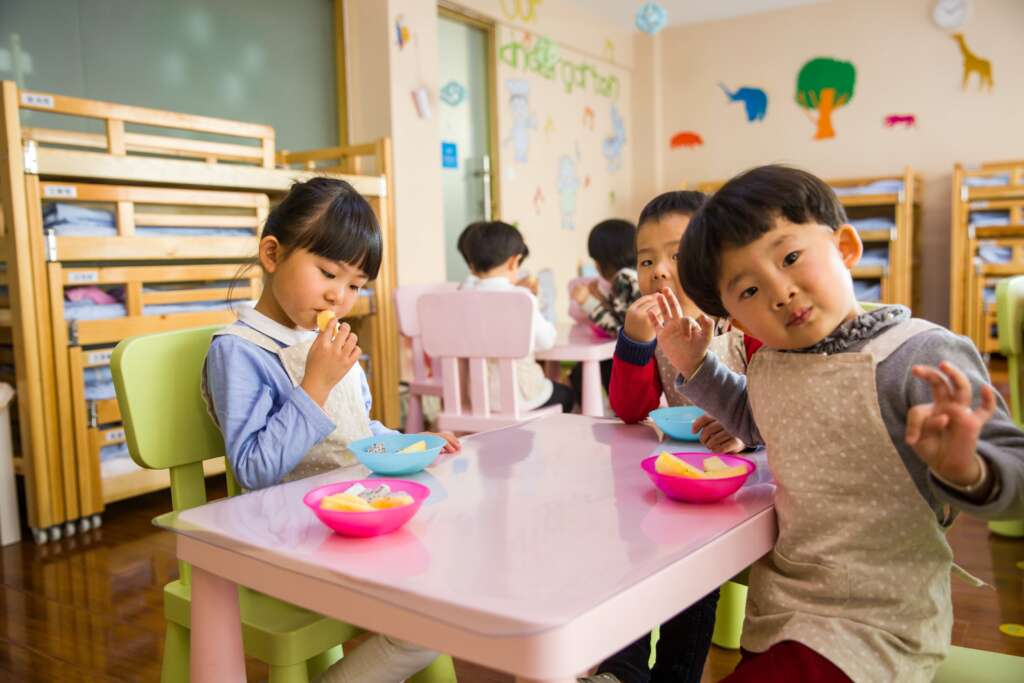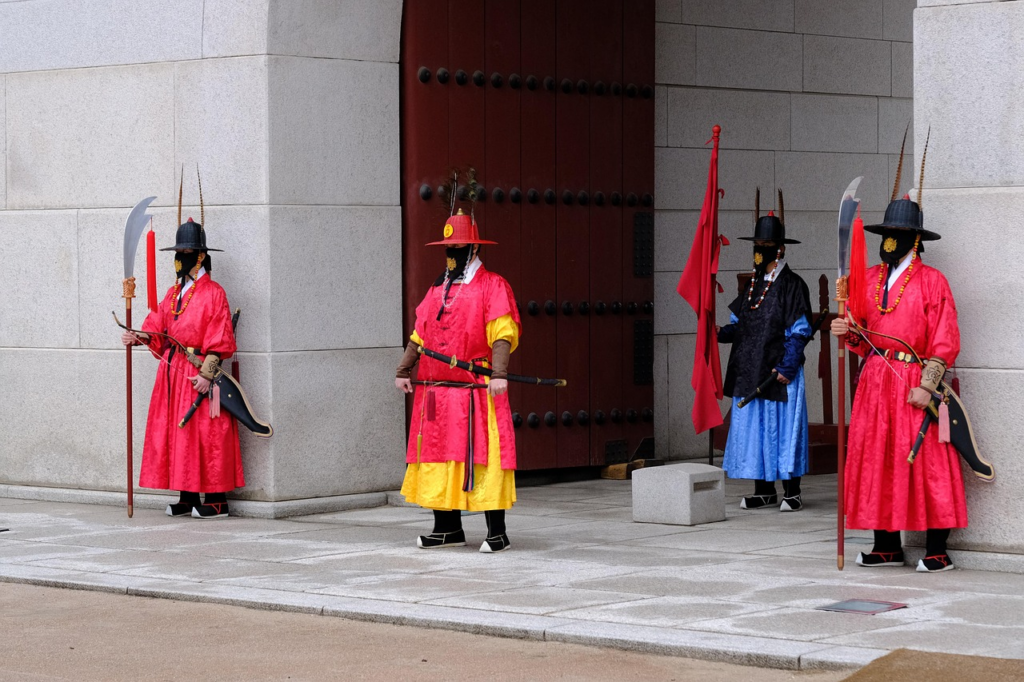The Classroom Etiquette You Didn’t Know You Needed in South Korea

So you’ve landed a teaching job in South Korea — congratulations! Between the neon-lit streets of Seoul, the endless mountain trails, and the steaming plates of kimchi, you’re in for the adventure of a lifetime. But before you dive into your first class, there’s something every TEFL teacher should know: in South Korea, classroom etiquette is everything.
Korean classrooms are guided by deep-rooted cultural values — respect, hierarchy, and community. Understanding these unwritten rules will not only help you connect better with your students and colleagues, but it’ll also earn you the trust and admiration that make teaching abroad such a rewarding experience.
Here’s what to expect, what to avoid, and how to thrive as a teacher in the Land of the Morning Calm.
1. Respect Comes Before Everything

In Korean culture, respect for elders and authority is non-negotiable — and it seeps into every corner of the classroom. You might notice your students bowing as you enter or greeting you in unison with a loud, “Annyeonghaseyo!” (Hello, teacher!).
As a foreign teacher, you’re automatically granted respect — but that doesn’t mean it’s unconditional. You’ll be expected to mirror that respect back to students, coworkers, and administrators. That means:
- Avoiding overly casual speech with Korean colleagues, especially your supervisors.
- Using titles when referring to people (e.g., “Mr. Kim,” “Principal Park”).
- Being punctual — lateness is seen as disrespectful.
Even small gestures, like accepting items with both hands or bowing slightly when greeting staff, go a long way. In Korea, manners aren’t just good form — they’re a sign of character.
2. Your Students Might Be Shy — and That’s Okay

If you’re used to Western classrooms filled with chatter and participation, the quiet in a Korean classroom might take you by surprise. Korean students are often hesitant to speak up in class, especially in English. This isn’t disinterest — it’s a reflection of how important saving face (avoiding embarrassment) is in Korean culture.
Don’t pressure students to answer on the spot or correct them too bluntly in front of their peers. Instead:
- Use group answers or choral repetition to build confidence.
- Praise effort as much as accuracy.
- Offer feedback privately or gently.
Your goal isn’t just to teach English — it’s to create a space where students feel safe enough to try, make mistakes, and grow.
3. Hierarchy Shapes Communication
You’ll quickly notice that relationships in Korea are built on hierarchy — between teachers and students, senior and junior staff, even between foreign and Korean teachers.
At your school, the “head teacher” or “co-teacher” will likely be your main point of contact. They might help translate classroom expectations, coordinate schedules, or even mediate between you and other staff. Respecting their authority (and deferring to them on school-related decisions) is crucial, even if you feel confident managing things independently.
Similarly, students view you as an authority figure, often to a greater degree than you might be used to. You might be called seonsaengnim (teacher), and you’ll notice your students standing when you enter the room. Accept this respect graciously — but don’t take advantage of it. Korean students respond best to teachers who are firm, consistent, and kind.
4. Appearances Matter (A Lot)

In South Korea, how you present yourself reflects how seriously you take your role. Even in more relaxed hagwon (private academy) environments, you’ll be expected to look polished.
That doesn’t mean you need to wear a full suit every day, but:
- Avoid overly casual or revealing clothing.
- Cover tattoos where possible (they can still carry stigma).
- Keep hairstyles neat and conservative.
- Think of stores like Uniqlo
For female teachers, short skirts and sleeveless tops are typically frowned upon. For male teachers, clean-shaven or well-groomed facial hair is appreciated.
Looking the part signals that you respect the institution, your students, and the community you’re part of — and that earns you credibility fast.
5. Teamwork Is the Heart of the School
Unlike some Western workplaces where independence is prized, Korean schools operate like tightly knit teams. Teachers collaborate often, eat lunch together, and even attend staff dinners (hoesik) after work.
You might be invited to join these social gatherings — and you should! Saying yes (even occasionally) shows that you’re invested in being part of the school community. These dinners are relaxed, often filled with laughter, shared dishes, and maybe a little karaoke afterward.
Just remember:
- Wait for the most senior person to start eating or drinking before you do.
- Always pour drinks for others before your own.
- Don’t feel pressured to drink alcohol — politely saying “I’m not drinking today” is perfectly acceptable.
These small courtesies can build strong, lasting relationships with your coworkers — which can make your day-to-day teaching life smoother and more fun.
6. Keep Your Cool — Even When Things Get Lost in Translation

Korean schools can run on different systems and schedules than what you’re used to. You might be told about a last-minute assembly, a holiday, or an unexpected schedule change with little notice. It’s normal.
The best thing you can do? Roll with it. Stay calm, smile, and adapt. Flexibility is one of the most valued traits in a foreign teacher — and your ability to handle surprises with grace will win you respect faster than perfect lesson plans ever could.
7. Always Show Gratitude
A few polite Korean phrases can make a world of difference:
- Gamsahamnida (감사합니다) – Thank you
- Annyeonghaseyo (안녕하세요) – Hello
- Annyeonghi gaseyo (안녕히 가세요) – Goodbye
- Jal jinaeseyo? (잘 지내세요?) – How are you?
Use them often — to thank your co-teacher for help, to greet your principal in the hall, or to show appreciation to cafeteria staff. A little language effort goes a long way toward breaking down cultural barriers and showing genuine respect.
Final Thoughts: Teaching With Cultural Sensitivity

Teaching abroad isn’t just about grammar drills and lesson plans — it’s about cultural exchange. When you step into a Korean classroom, you’re stepping into a system built on centuries of values around respect, learning, and community.
The more you understand and honor those traditions, the more fulfilling your experience will be — both for you and your students. You’ll not only become a better teacher, but you’ll also gain a deep appreciation for how another culture approaches education, connection, and kindness.
So bow when you enter, smile often, stay flexible — and enjoy the incredible adventure of teaching in South Korea.
Thinking of teaching in Korea?
myTEFL offers TEFL courses and guaranteed job placements in amazing destinations like South Korea, Thailand, Costa Rica, and more. Get certified, get placed, and start your teaching journey today. 🌏✨

